Introduction to Tibetan Temples
Tibetan temples stand as spiritual beacons across the Roof of the World, embodying centuries of Buddhist tradition and Tibetan culture. These sacred structures serve as the heart of religious life, centers of learning, and repositories of art and history.
In Tibetan Buddhism, temples play a crucial role in:
- Providing spaces for worship and meditation
- Housing religious texts and artifacts
- Serving as community centers for spiritual and cultural activities
Tibetan temples come in various forms:
- Monasteries (Gompas): Large complexes for monastic communities
- Temples: Smaller structures for local worship
- Chortens (Stupas): Reliquary monuments symbolizing Buddha’s mind
Each type of temple contributes uniquely to the rich tapestry of Tibetan spiritual life.
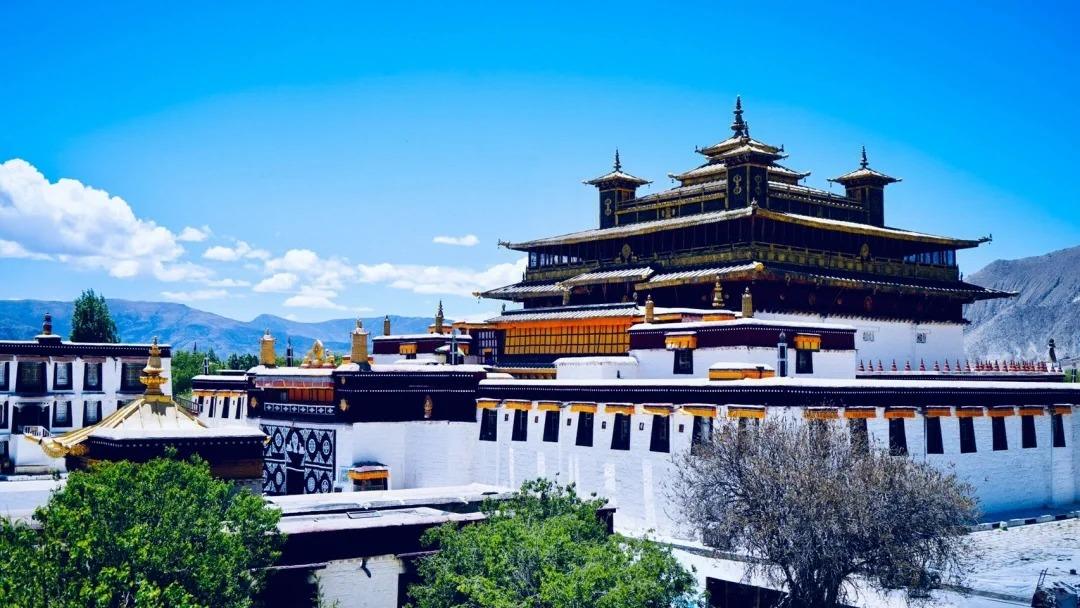
Architecture and Design
Tibetan temple architecture is a testament to both spiritual symbolism and practical adaptation to the harsh Himalayan environment. Key features include:
- Thick walls and small windows for insulation
- Flat roofs suitable for heavy snowfall
- Vibrant colors, especially red, symbolizing protection
The design of temples often incorporates sacred geometry and Buddhist cosmology. For example, many temples are built as mandalas, representing the universe in microcosm.
Regional variations exist, with influences from Nepalese, Chinese, and Indian architectural styles evident in different areas of Tibet. However, the core elements remain distinctively Tibetan, creating a unique architectural language that speaks to the soul of the land and its people.
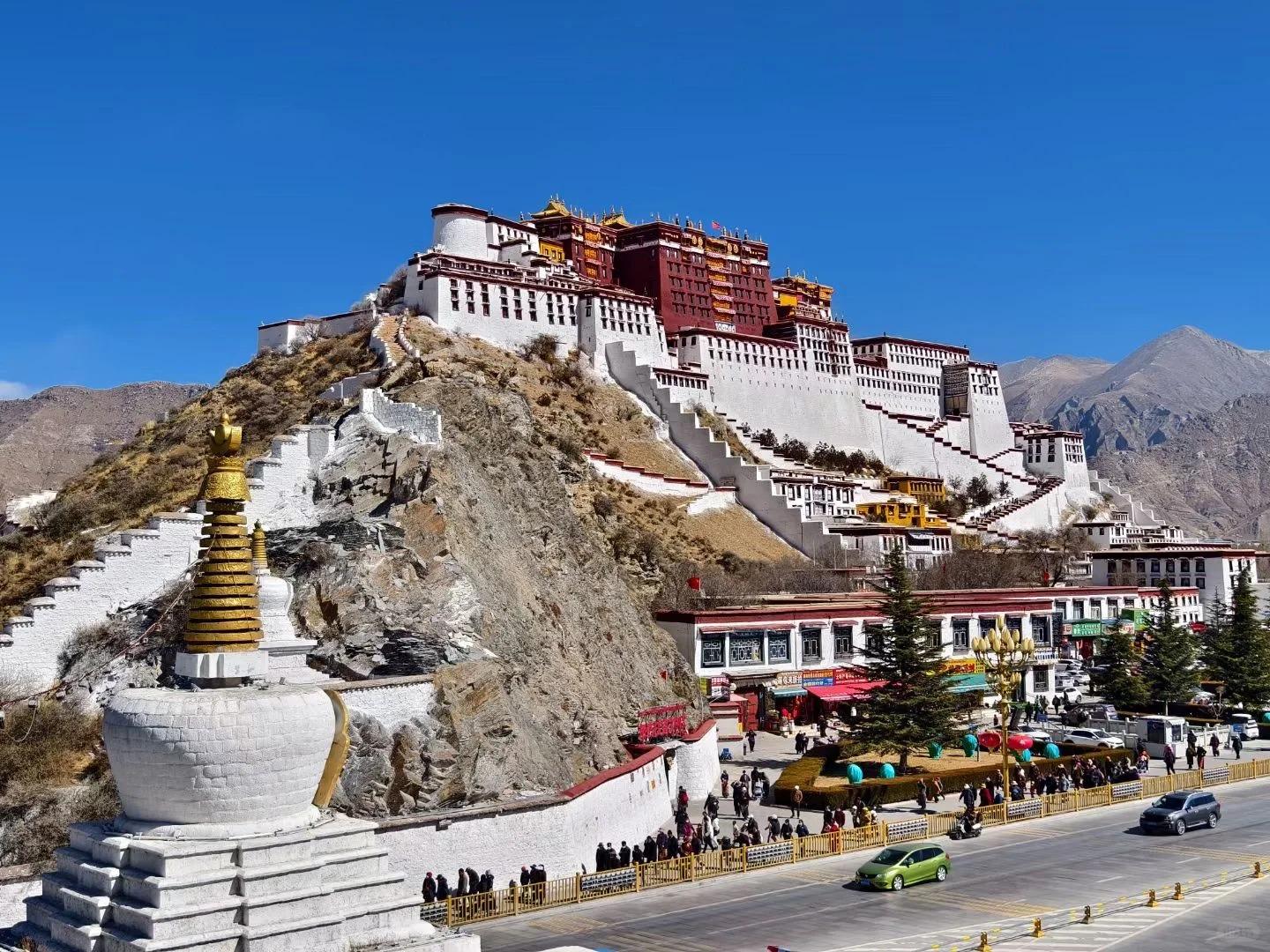
Major Tibetan Temples
Tibet boasts numerous significant temples, each with its own history and importance:
| Temple | Location | Notable Features |
|---|---|---|
| Jokhang Temple | Lhasa | Oldest temple in Tibet, spiritual heart of the country |
| Potala Palace | Lhasa | Former residence of Dalai Lamas, architectural marvel |
| Samye Monastery | Dranang | First Buddhist monastery in Tibet, unique mandala layout |
Other important temples include Drepung Monastery, known for its size and political significance, and Tashilhunpo Monastery, the traditional seat of the Panchen Lamas.
Art and Iconography
Tibetan temples are veritable museums of Buddhist art, showcasing:
- Thangka paintings: Intricate scroll paintings depicting deities and mandalas
- Statues: Often massive representations of Buddhas and bodhisattvas
- Murals: Covering walls with scenes from Buddhist scriptures and Tibetan history
The iconography in Tibetan temples is rich with symbolism. Each deity, color, and gesture carries deep spiritual meaning. For instance, the Wheel of Life, often found at temple entrances, illustrates the Buddhist concept of samsara (cycle of rebirth).
Mandalas, intricate diagrams representing the Buddhist universe, are central to Tibetan art and are often created temporarily with colored sand as part of religious ceremonies.
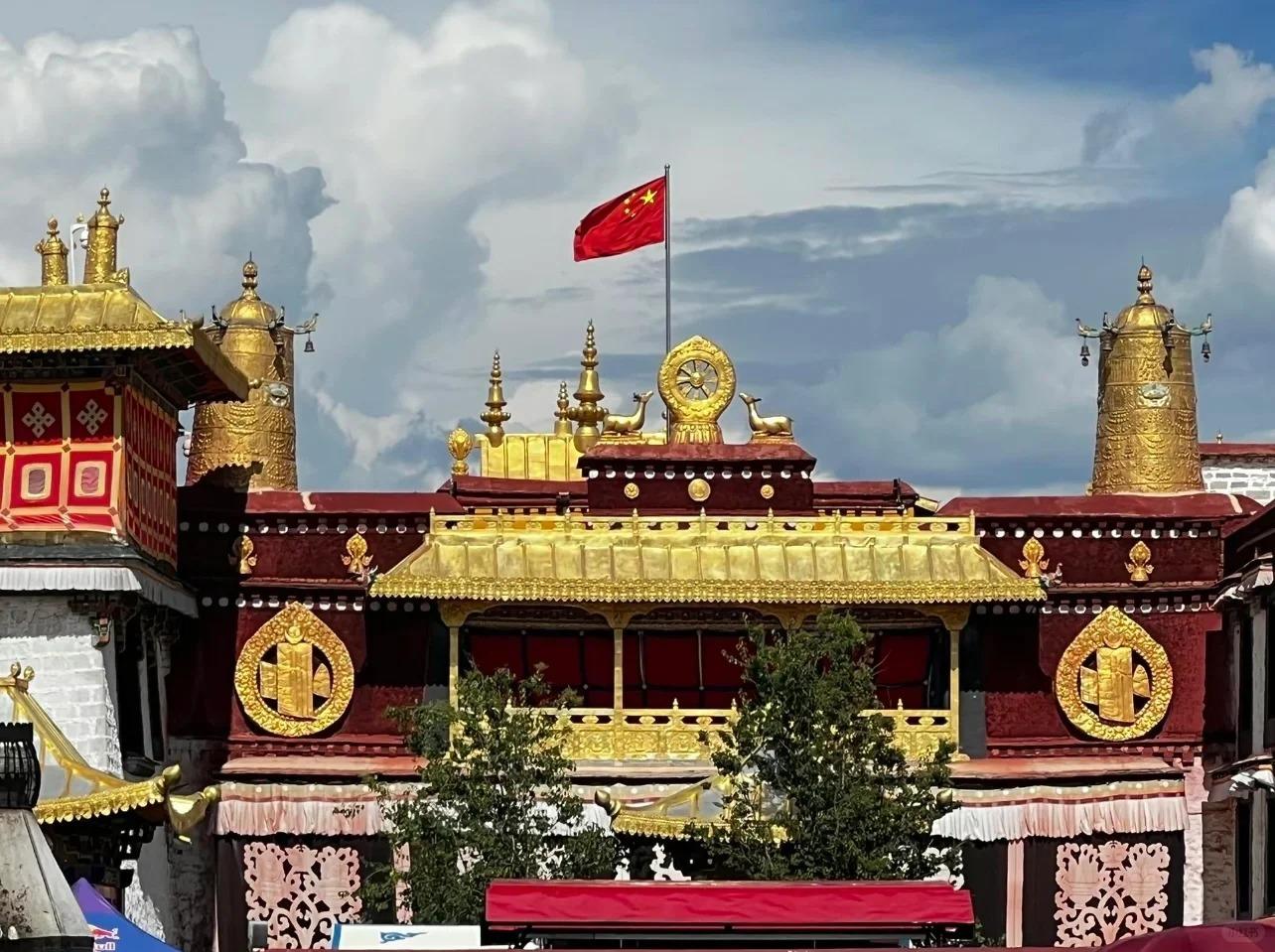
Rituals and Religious Practices
Daily life in Tibetan temples revolves around a structured schedule of prayers, rituals, and study. Monks and nuns dedicate their lives to spiritual practice and the preservation of Tibetan Buddhist traditions.
Important ceremonies include:
- Monlam Prayer Festival
- Saga Dawa (celebration of Buddha’s enlightenment)
- Butter lamp offerings
Pilgrimage is a vital aspect of Tibetan Buddhism, with devotees performing kora (circumambulation) around sacred sites, spinning prayer wheels, and prostrating as acts of devotion and merit-making.
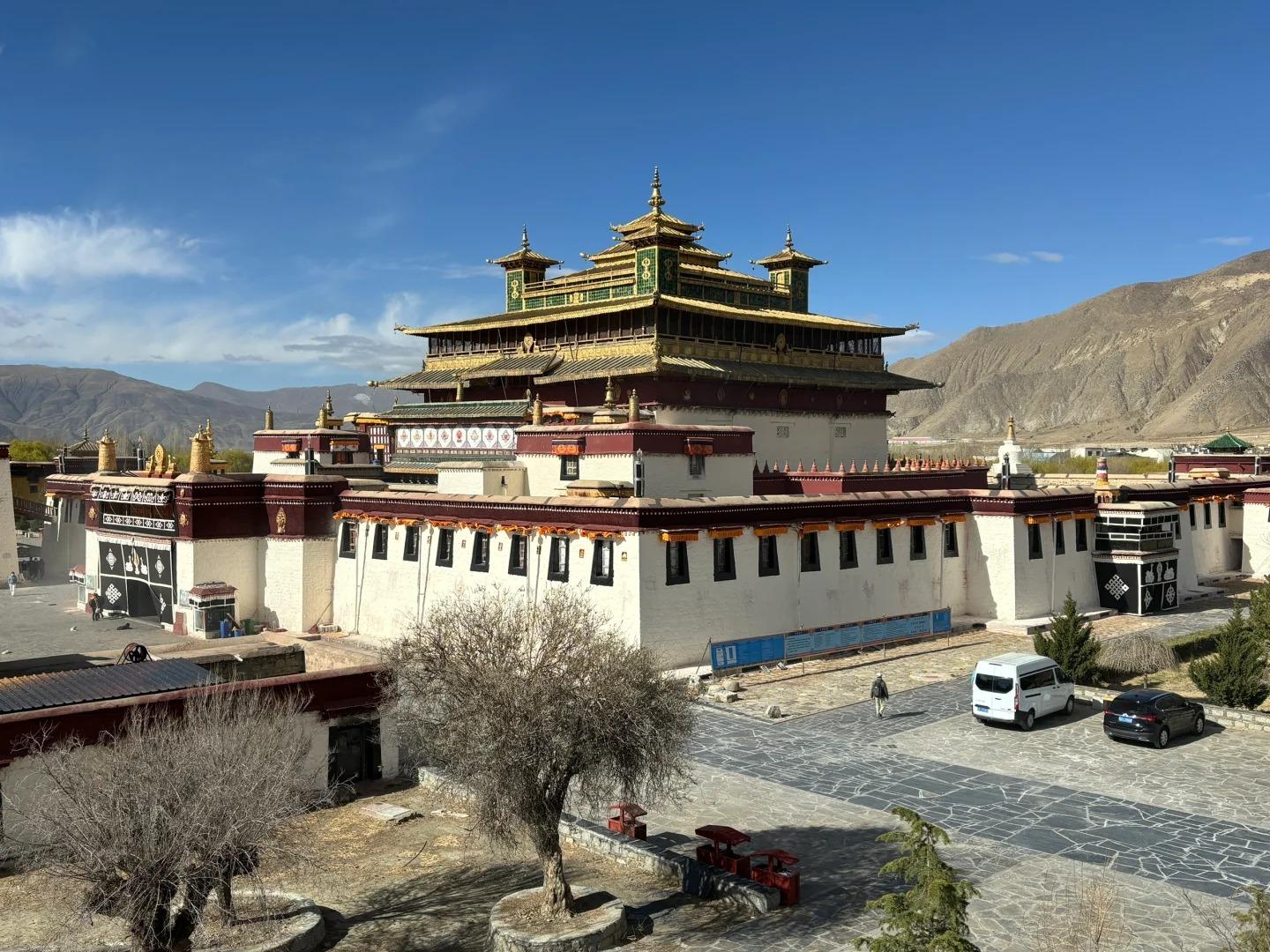
Preservation and Restoration
Tibetan temples face numerous challenges in the modern era:
- Political tensions and regulatory restrictions
- Natural deterioration due to harsh climate
- Balancing preservation with modernization
Efforts to preserve these ancient structures include:
- UNESCO World Heritage designations for sites like Potala Palace
- International funding for restoration projects
- Documentation of art and architecture for future generations
The impact of tourism presents both opportunities and challenges, providing funding for preservation but also increasing wear and tear on fragile structures.
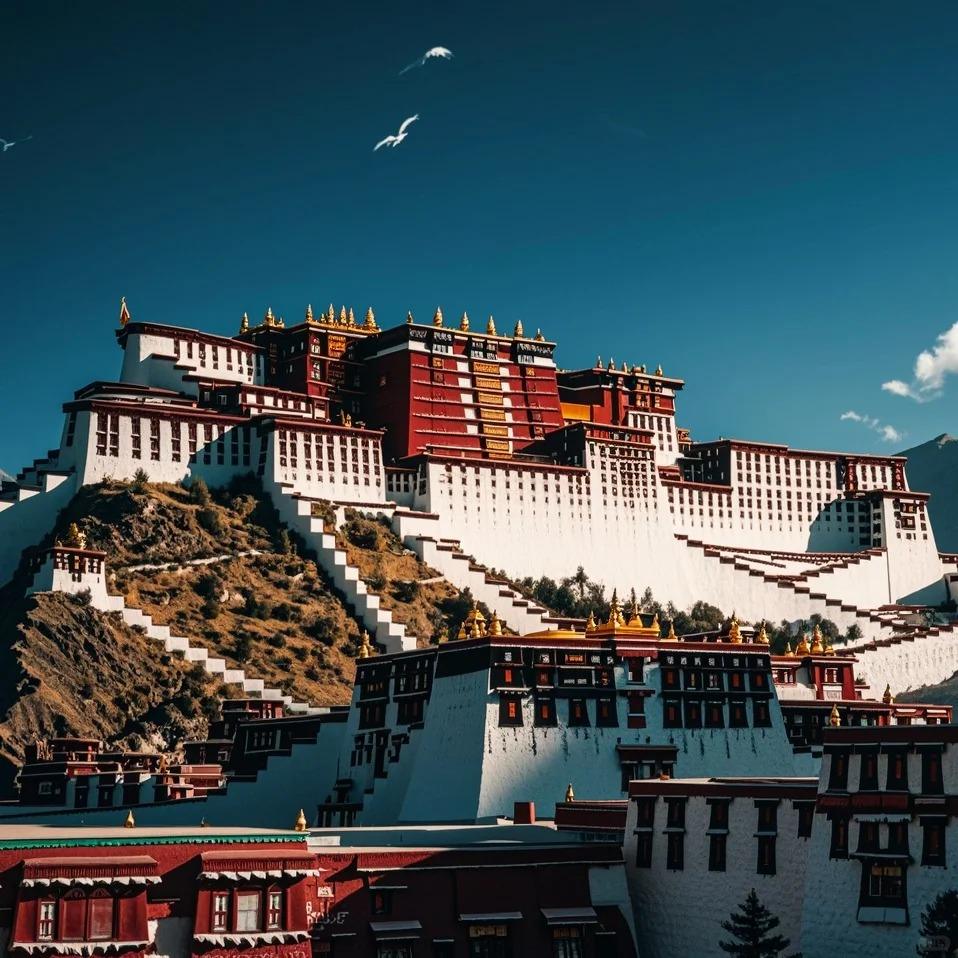
Visitor Information and Etiquette
For those wishing to experience Tibetan temples:
Best times to visit:
- Spring (April-June) and autumn (September-November) offer mild weather
- Consider timing visits with festivals for a richer cultural experience
Etiquette guidelines:
- Dress modestly, covering shoulders and knees
- Remove hats when entering temples
- Walk clockwise around religious structures
- Speak softly and refrain from touching religious objects
Photography:
- Always ask permission before taking photos
- Some inner sanctums prohibit photography
- Never photograph or touch religious artifacts
Respecting these guidelines ensures a positive experience for visitors and maintains the sanctity of these sacred spaces for local worshippers.
Tibetan temples offer a window into a unique and profound spiritual tradition. Whether you’re drawn by their architectural beauty, rich history, or spiritual significance, visiting these sacred sites provides an unforgettable journey into the heart of Tibetan culture. As you explore, remember that these are not just tourist attractions but living centers of faith and tradition, deserving of the utmost respect and reverence.






